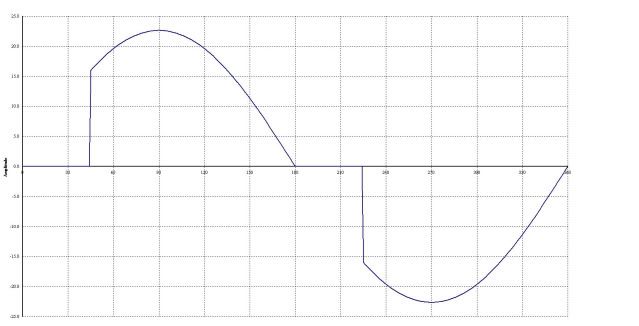dm9289
Industrial Maintenance Electrician
- Location
- Pennsylvania
- Occupation
- Industrial process repair/ maintenance Electrician
We have a scr controlled heating grid
Input single phase 480v ( 2 wires).
Output SCR varied form of the input to a transformer primary
Secondary is step down 480/240. This feeds a heating grid
Primary semi conductor fuse is 450amp very expensive to replace.
During full load primary draws about 300 amp. Secondary 600 amp.
Finally the problem about once a month the semi conductor fuse blows.
We examined wiring and connections to heating grid, no evidence of poor connections or arcs
We opened the transformer and mega ohm metered appears ok.
Visual transformer inspection seemed good
Grid mega ohm was good
Unfortunately the grid beyond the input is not accessible for about another 8 months due to process conditions.
If there is a bad enough condition on the secondary would it be normal to blow the primary fuse? My feeling is yes
Could you offer me a cost effective way to fuse or protect secondary so once every couple months we are not purchasing fuses.
Or any other suggestions for this problem
Input single phase 480v ( 2 wires).
Output SCR varied form of the input to a transformer primary
Secondary is step down 480/240. This feeds a heating grid
Primary semi conductor fuse is 450amp very expensive to replace.
During full load primary draws about 300 amp. Secondary 600 amp.
Finally the problem about once a month the semi conductor fuse blows.
We examined wiring and connections to heating grid, no evidence of poor connections or arcs
We opened the transformer and mega ohm metered appears ok.
Visual transformer inspection seemed good
Grid mega ohm was good
Unfortunately the grid beyond the input is not accessible for about another 8 months due to process conditions.
If there is a bad enough condition on the secondary would it be normal to blow the primary fuse? My feeling is yes
Could you offer me a cost effective way to fuse or protect secondary so once every couple months we are not purchasing fuses.
Or any other suggestions for this problem


